Home>diy>Planning & Engineering>What Is One Possible Way A City Might Use Zoning Laws
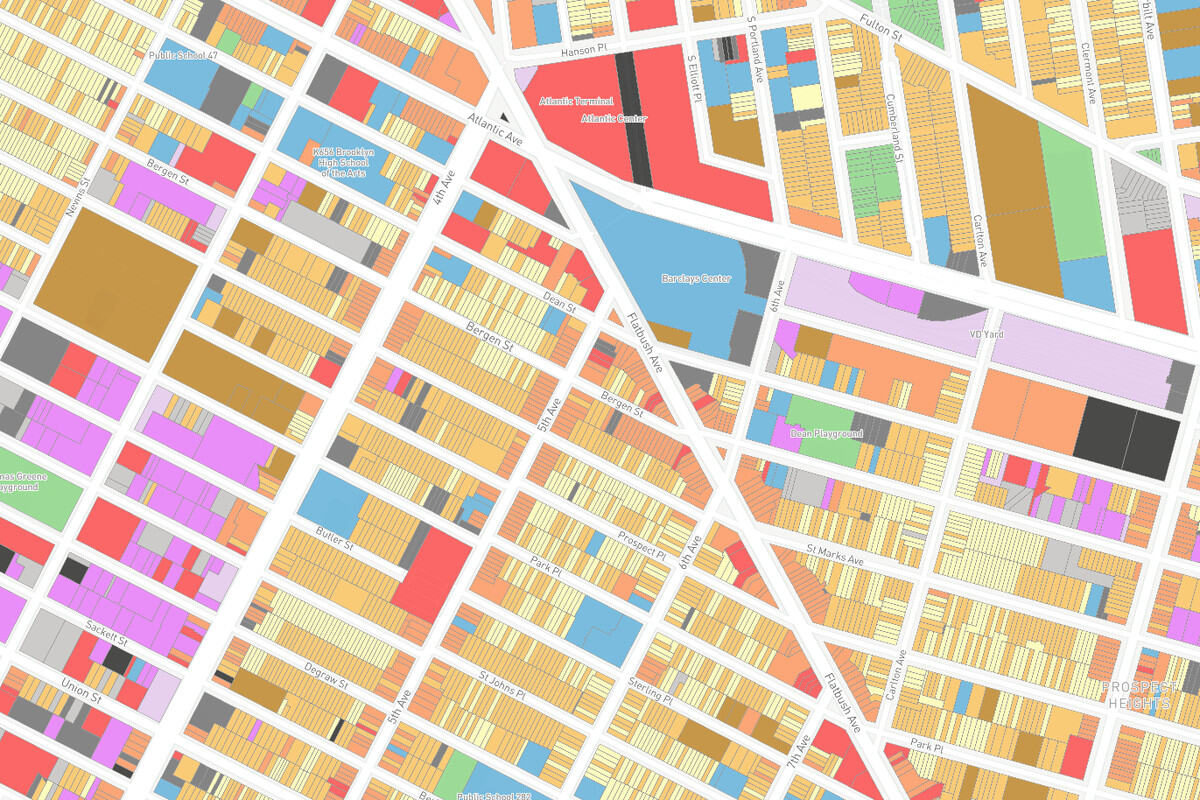

Planning & Engineering
What Is One Possible Way A City Might Use Zoning Laws
Modified: January 9, 2024
Learn how planning engineering can be used by cities to implement zoning laws and regulate land use. Explore one possible approach for effective urban planning.
(Many of the links in this article redirect to a specific reviewed product. Your purchase of these products through affiliate links helps to generate commission for Storables.com, at no extra cost. Learn more)
Introduction
Zoning laws play a crucial role in urban planning and development, shaping the physical landscape of cities around the world. These laws are designed to regulate land use, ensuring that different types of activities are appropriately located within specific zones. From residential areas to commercial districts, zoning laws provide a framework that guides the growth and development of cities.
In this article, we will explore one possible way in which a city might use zoning laws to effectively organize and optimize its urban spaces. By implementing zoning regulations, cities can achieve a balance between various land uses, create cohesive neighborhoods, and promote sustainable development.
Let’s dive deeper into the definition of zoning laws and their purpose before unveiling a specific use for these regulations in a city.
Key Takeaways:
- Zoning laws enable cities to create vibrant, walkable neighborhoods through mixed-use zoning, fostering economic growth, community connectivity, and improved quality of life for residents.
- Implementing zoning laws with a mixed-use zoning approach maximizes land use, reduces commuting, and promotes economic growth, but requires careful planning, noise management, and community engagement for successful implementation.
Read more: How To Find Out Zoning Laws
Definition of Zoning Laws
Zoning laws, also referred to as zoning ordinances or regulations, are legal frameworks established by local governments to control and manage land use within their jurisdictions. These laws divide a city or municipality into different zones, each with its own set of regulations and restrictions on building types, land use activities, and density.
The purpose of zoning laws is to guide the development and growth of urban areas, ensuring that land is used in a manner that is compatible with the surrounding environment and neighboring properties. By designating specific areas for different uses, such as residential, commercial, industrial, or recreational purposes, zoning laws help maintain harmony and balance in the city’s overall spatial organization.
Zoning laws typically include specific provisions regarding building height limits, setbacks, lot sizes, parking requirements, and land use classifications. These regulations are implemented to protect the health, safety, and welfare of the community, as well as to promote orderly development and minimize conflicts between incompatible land uses.
It is important to note that zoning laws can vary from one jurisdiction to another, as they are tailored to meet the unique needs and characteristics of each city or municipality. Local governments may create zoning maps that depict the different zones, allowing residents and businesses to easily identify the permitted uses and restrictions in each area.
Now that we have a clear understanding of what zoning laws are and their purpose, let’s explore how a city can leverage these regulations to achieve specific goals.
Purpose of Zoning Laws
The primary purpose of zoning laws is to promote and maintain a functional, well-organized, and harmonious urban environment. These regulations are implemented to serve several key objectives:
- Orderly Development: Zoning laws provide a framework for organized development by designating specific areas for different land uses. By separating incompatible uses, such as industrial facilities and residential neighborhoods, zoning laws help prevent conflicts and maintain a desirable living environment.
- Environmental Protection: Zoning laws can include provisions to protect natural resources, sensitive habitats, and environmentally significant areas. By prescribing restrictions on land use activities, such as limiting the construction in flood-prone zones or protecting green spaces, zoning laws contribute to the preservation of the environment.
- Public Health and Safety: Zoning laws consider the well-being of residents by ensuring that certain activities are located away from sensitive areas. For example, schools and hospitals are typically zoned in areas with low traffic density to prioritize the safety of pedestrians and patients. Additionally, zoning regulations may address issues related to noise pollution, air quality, and access to essential services.
- Economic Development: Zoning laws can play a crucial role in promoting economic growth within a city. By designating specific zones for commercial or industrial activities, these regulations encourage investment, attract businesses, and facilitate job creation. Zoning laws can also incorporate mixed-use zones that allow for a combination of residential, commercial, and office spaces, fostering vibrant and diverse urban centers.
- Community Cohesion: Zoning laws contribute to the creation of cohesive neighborhoods by promoting a sense of community and enhancing quality of life. By carefully planning the spatial arrangement of residential areas, parks, schools, and amenities, zoning laws can foster social interaction, walkability, and access to essential services.
Overall, the purpose of zoning laws is to guide the growth and development of cities in a manner that balances the needs of residents, businesses, and the environment. By establishing clear regulations and guidelines, these laws provide a roadmap for sustainable and well-planned urban development.
Explanation of One Possible Use for Zoning Laws in a City
One powerful way that a city can utilize zoning laws is by implementing a mixed-use zoning approach. Mixed-use zoning allows for the combination of different land uses within a single zone, fostering a vibrant and dynamic urban environment.
This approach encourages the integration of residential, commercial, and recreational activities, creating walkable neighborhoods where people can live, work, and play in close proximity. By allowing a mix of uses in a single zone, cities can promote efficient land use, reduce urban sprawl, and enhance the overall livability of the community.
For instance, imagine a neighborhood where a ground floor of a building houses small local businesses like cafes, shops, and restaurants. The upper floors of the same building are allocated for residential purposes, such as apartments or condominiums. Nearby, there are parks and recreational spaces where residents can relax and enjoy outdoor activities.
This mixed-use zoning strategy has several advantages. Firstly, it reduces the need for lengthy commutes, as residents can conveniently access workplaces, services, and amenities within walking distance. This not only improves quality of life but also reduces traffic congestion and carbon emissions.
Secondly, mixed-use zoning supports local economic growth. By bringing businesses and residential spaces closer together, it enhances economic opportunities, attracting a diverse range of employment options and promoting entrepreneurship. The presence of commercial activities also contributes to the vibrancy of the neighborhood, creating a bustling atmosphere.
Furthermore, mixed-use zoning encourages a sense of community and social interaction. Shared spaces, such as community centers or plazas, foster a sense of belonging and provide opportunities for neighbors to connect and engage with one another. This can lead to stronger social ties, a greater sense of safety, and a more cohesive neighborhood.
It is important to note that implementing mixed-use zoning requires careful planning and consideration of various factors such as appropriate building design, parking provisions, and noise mitigation measures. Balancing the needs and interests of different stakeholders, including residents, business owners, and community organizations, is crucial in ensuring successful implementation.
By adopting a mixed-use zoning approach, a city can create diverse, sustainable, and vibrant neighborhoods that offer a range of amenities, provide economic opportunities, and promote social interaction. This strategy enhances the overall livability and attractiveness of the city, making it an ideal place to live, work, and thrive.
One possible way a city might use zoning laws is to designate specific areas for residential, commercial, industrial, or mixed-use purposes to manage land use and development.
Benefits and Advantages of Using Zoning Laws in the Discussed Way
Implementing zoning laws with a mixed-use zoning approach offers numerous benefits and advantages for cities and their residents. Let’s explore some of the key advantages of using zoning laws in this manner:
- Maximized Land Use: By allowing a mix of residential, commercial, and recreational activities within a single zone, cities can maximize the utilization of limited land resources. This promotes efficient land use and prevents the spread of urban sprawl, preserving natural areas and agricultural land on the outskirts of the city.
- Reduced Commuting and Traffic Congestion: Mixed-use zoning encourages a shorter commute for residents, as workplaces, services, and amenities are located within walking or cycling distance. This reduces the reliance on cars and alleviates traffic congestion, resulting in improved air quality and reduced carbon emissions.
- Economic Growth and Job Creation: By integrating commercial activities with residential spaces, mixed-use zoning generates economic opportunities. Local businesses thrive in vibrant neighborhoods, attracting customers not only from within the community but also from other areas. This leads to job creation, entrepreneurship, and economic growth.
- Improved Quality of Life: Mixed-use zoning creates walkable neighborhoods where residents have easy access to essential services, recreational facilities, and cultural amenities. This enhances quality of life by promoting an active and healthy lifestyle, fostering social connections, and offering a diverse range of experiences right at the doorstep.
- Enhanced Community Connectivity: The integration of residential and commercial spaces in mixed-use zones fosters a sense of community. Shared spaces, such as parks and public plazas, become gathering points where residents can socialize and interact. This enhances community connectivity, strengthens social ties, and promotes a safe and welcoming environment.
Implementing zoning laws with a mixed-use zoning approach not only offers practical benefits but also contributes to the overall sustainability and livability of a city. By creating dynamic and diverse neighborhoods, cities can attract residents, businesses, and visitors, fostering a thriving and inclusive urban environment.
Read more: What Is Mixed-Use Zoning
Challenges and Considerations in Implementing Zoning Laws for the Discussed Purpose
While using zoning laws with a mixed-use zoning approach can bring about a range of benefits, there are several challenges and considerations that cities need to address when implementing these regulations:
- Planning and Design: Implementing mixed-use zoning requires careful planning and design to ensure a harmonious integration of different land uses. Cities need to consider factors such as building design, architectural guidelines, and the compatibility of commercial activities with residential areas. Proper urban design principles must be followed to maintain the aesthetic appeal of the neighborhood.
- Noise and Ambient Disturbance: Mixed-use zoning can potentially introduce noise and ambient disturbance concerns. Businesses operating within a mixed-use zone should adhere to noise regulations to minimize disruptions to nearby residential areas. Proper sound insulation and mitigation measures are essential to maintain a peaceful living environment.
- Parking and Traffic Management: Combining residential and commercial activities in a single zone raises the challenge of managing parking and traffic flow. Adequate parking provisions need to be considered to accommodate both residents and visitors. Cities may need to implement effective traffic management strategies, such as traffic calming measures and parking restrictions, to prevent congestion and ensure the safety and convenience of all road users.
- Community Engagement: Involving the community in the decision-making process is crucial for the successful implementation of mixed-use zoning. City officials should engage with residents, business owners, and community organizations to understand their needs and concerns. An open dialogue helps ensure that the zoning regulations align with the community’s vision, supporting a sense of ownership and fostering a cooperative relationship between all stakeholders.
- Zoning Code Flexibility: Zoning codes need to provide flexibility to allow for innovative and adaptive land use solutions. Static and rigid regulations may hinder the implementation of mixed-use zoning. Cities should consider adopting zoning codes that are adaptable to changing market conditions, emerging technologies, and evolving community needs.
It is essential for cities to carefully address these challenges and considerations to successfully implement zoning laws with a mixed-use zoning strategy. By doing so, cities can create vibrant and sustainable neighborhoods that cater to the needs and aspirations of their residents while maintaining a balanced and harmonious urban environment.
Conclusion
Zoning laws are a powerful tool that cities can utilize to shape their physical landscape, promote orderly development, and enhance the quality of life for residents. The implementation of zoning laws with a mixed-use zoning approach offers numerous benefits and advantages, from maximizing land use to reducing commuting and traffic congestion.
By allowing for a combination of residential, commercial, and recreational activities within a single zone, cities can create vibrant, walkable neighborhoods where people can live, work, and play. This approach fosters economic growth, job creation, and community connectivity, while also improving the overall livability and sustainability of the city.
However, there are several challenges and considerations that cities must address when implementing zoning laws for mixed-use purposes. These include careful planning and design, managing noise and ambient disturbances, addressing parking and traffic management, involving community engagement, and maintaining zoning code flexibility.
In conclusion, zoning laws play a crucial role in shaping the urban landscape and promoting sustainable development. By leveraging these regulations, cities can create well-organized, livable, and vibrant communities where residents can thrive. It is through thoughtful implementation, community engagement, and continuous adaptation to changing needs that cities can unlock the full potential of zoning laws and create cities that are truly tailored to the needs and aspirations of their residents.
Frequently Asked Questions about What Is One Possible Way A City Might Use Zoning Laws
Was this page helpful?
At Storables.com, we guarantee accurate and reliable information. Our content, validated by Expert Board Contributors, is crafted following stringent Editorial Policies. We're committed to providing you with well-researched, expert-backed insights for all your informational needs.
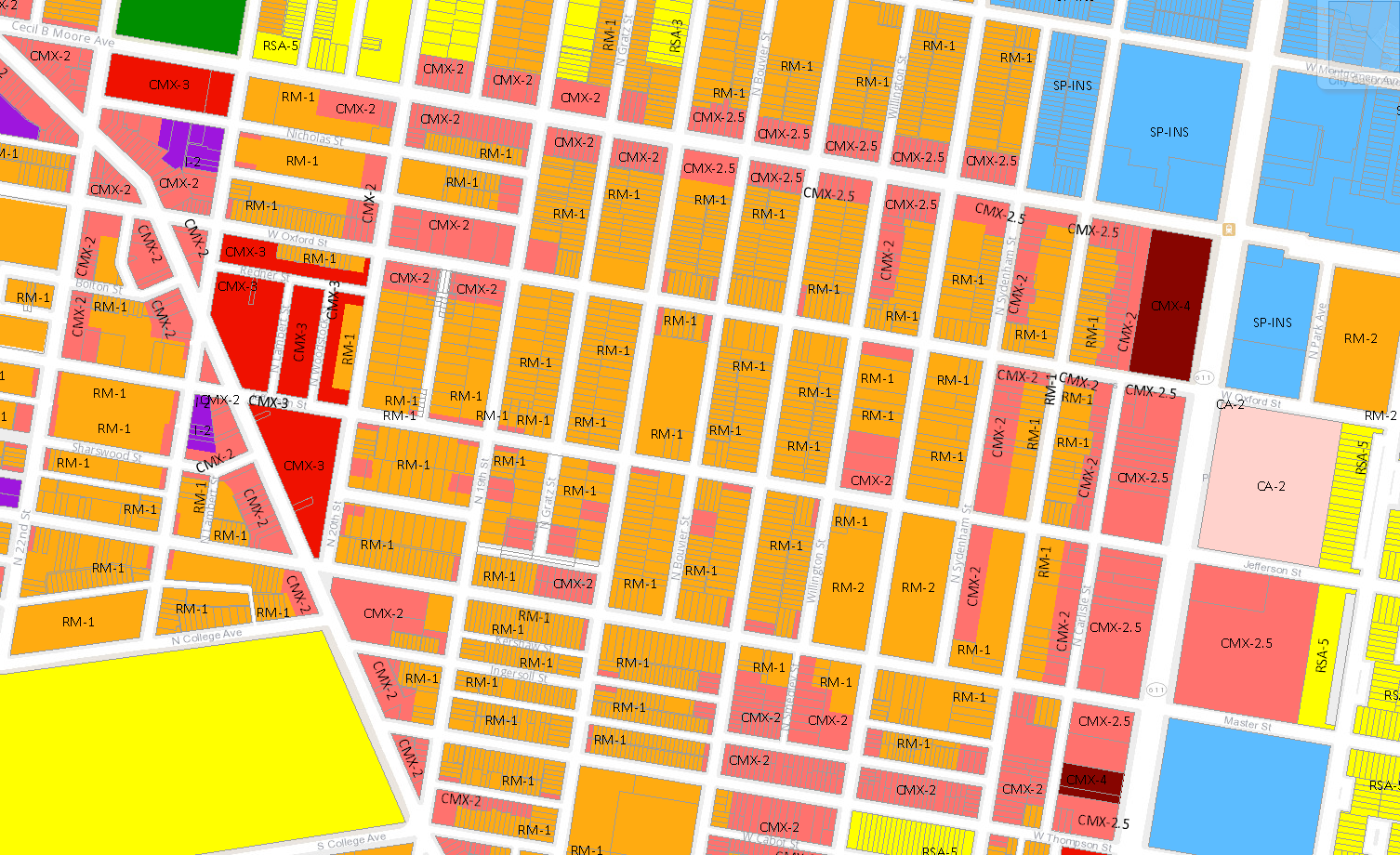
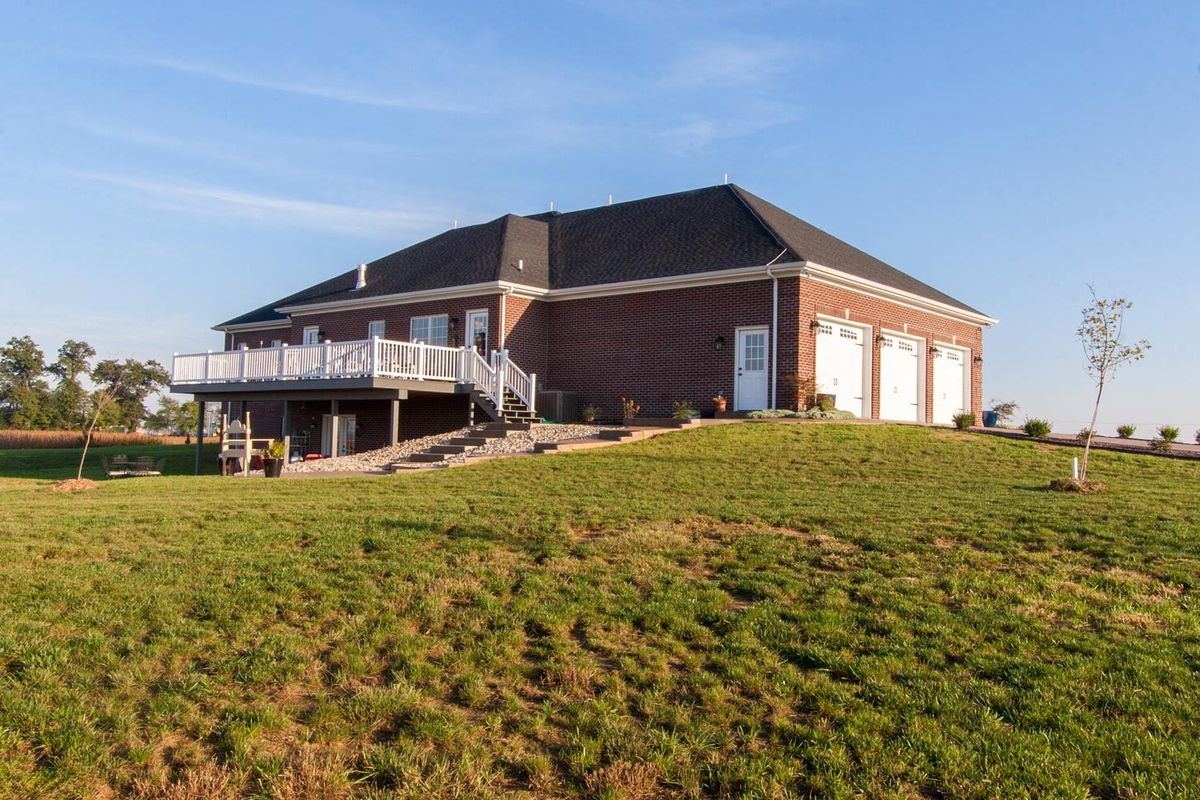
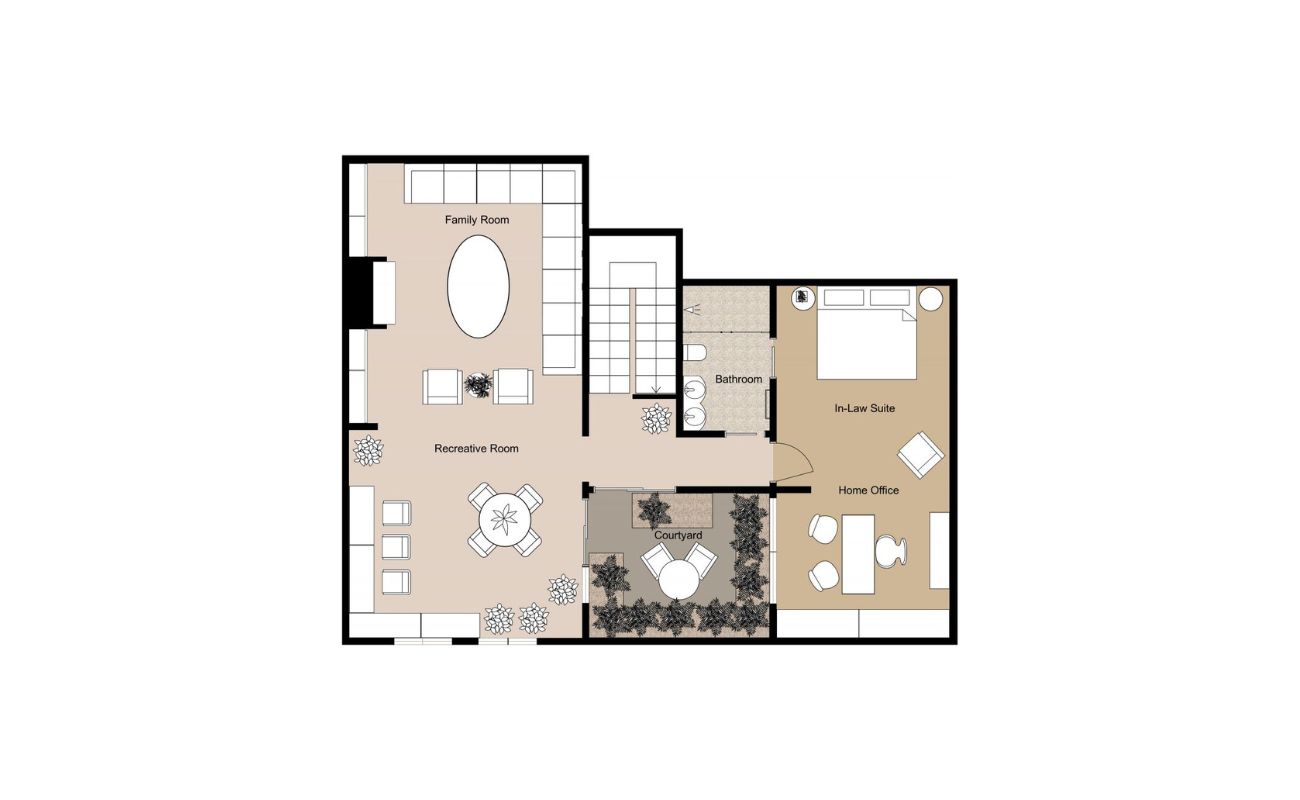


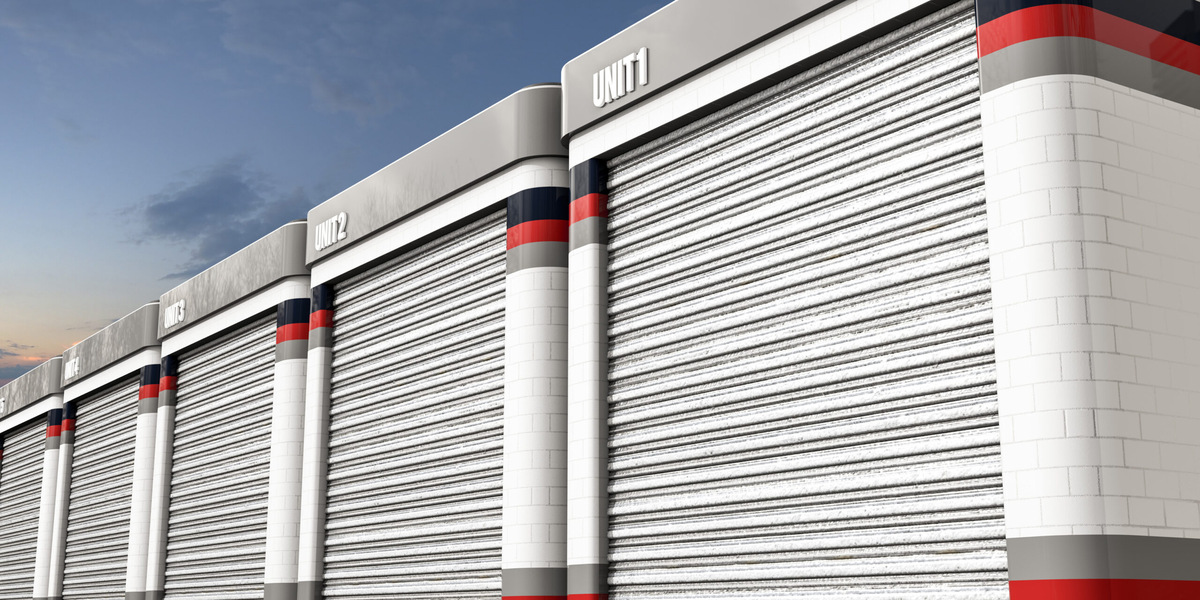




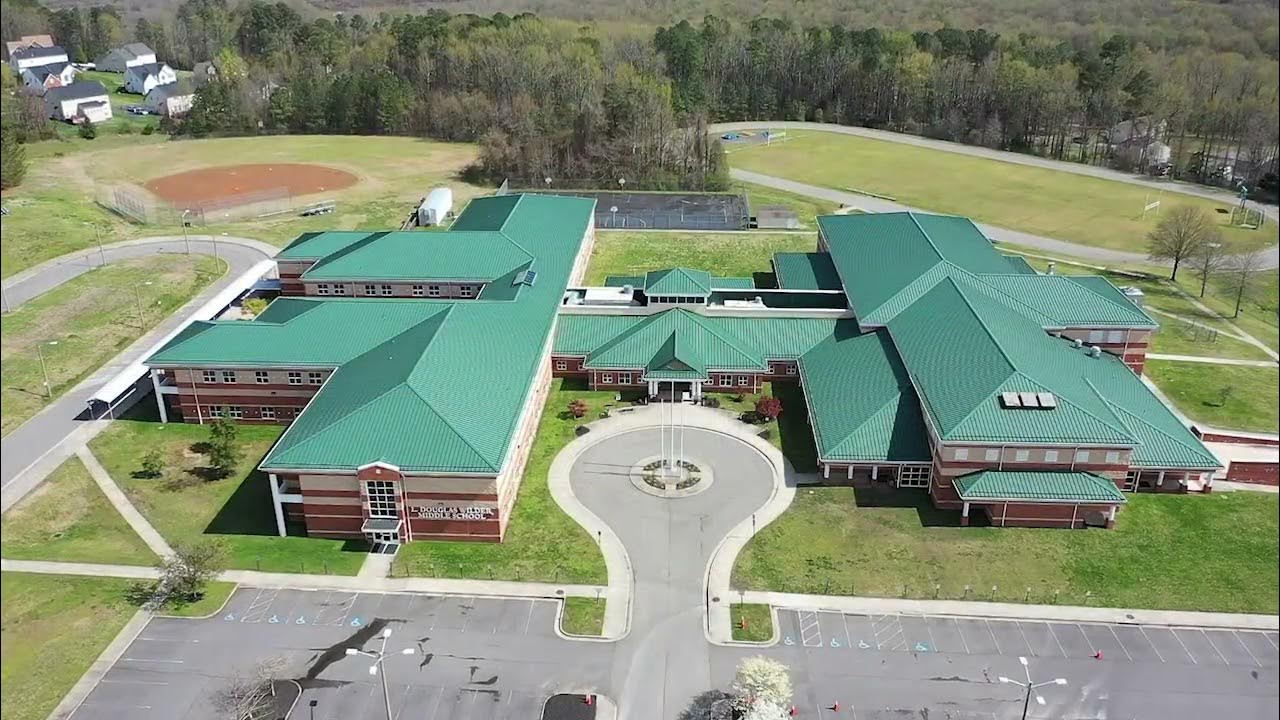


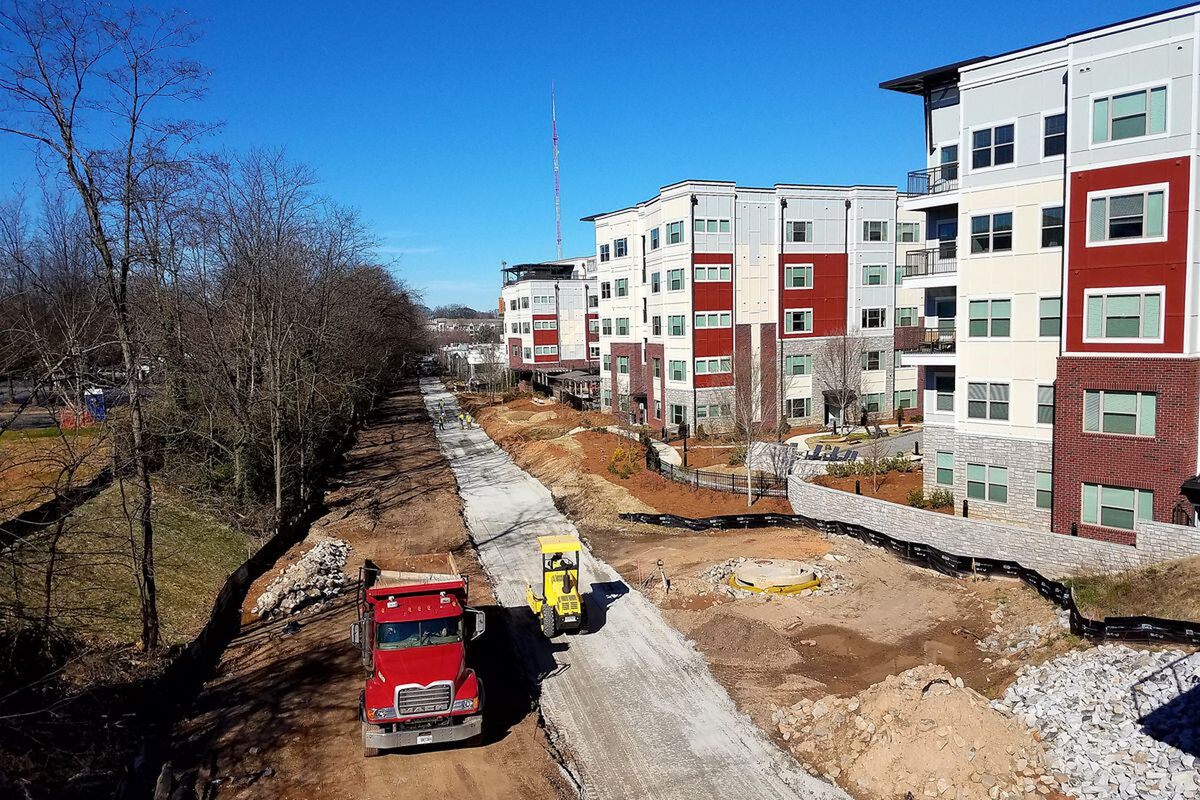

0 thoughts on “What Is One Possible Way A City Might Use Zoning Laws”